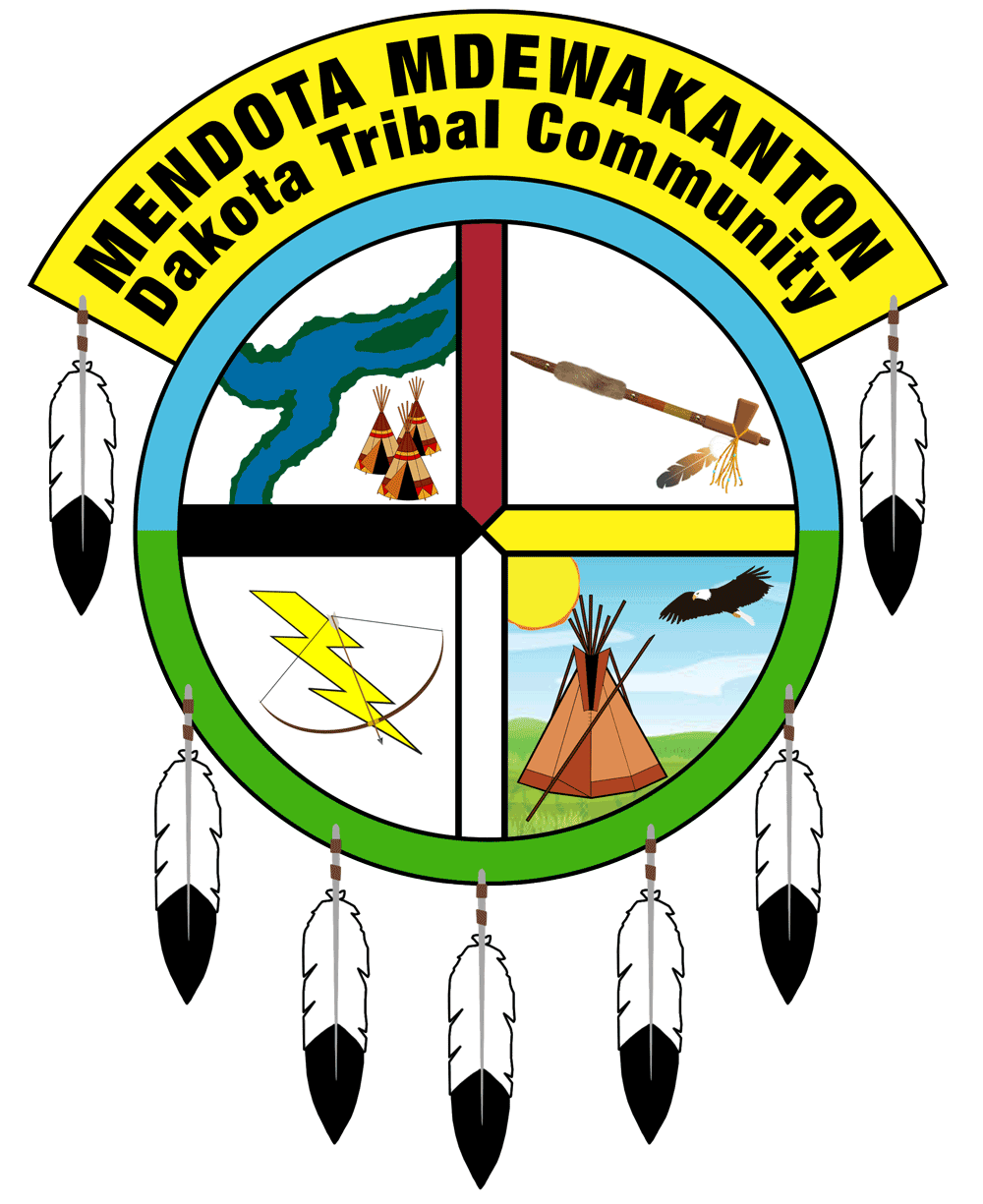5/3/2010
Mendota Dakota face loss of center
Grants, dues for rent have dried up
Danielle Cabot
Review Staff
The Mendota Dakota community faces the loss of their community center in upcoming months due to a downturn in grants and donations.
If the community leaders lose their rental space at 1324 Highway 13, they have few other locations within the tiny suburb to pursue, and face having to leave what they consider their sacred ancestral home entirely.
Even if the community were to secure money to pay the $1,200 rent, the building – a converted house – is up for sale by its owners.
“For 15 years, it’s been a struggle,” said tribal council member Sharon Lennartson. “We always seem to get some kind of help, but with the [slumping] economy it’s been really bad.”
The community’s monthly operating budget of about $1,800 including rent and utilities is supported through dues, donations and foremost, grant money that has become scarcer by the day. The community is registered as a non-profit 501c3 entity.
On their current trajectory, she said the group will lose its lease in July.
Lennartson said she has literally gone door-to-door looking for open rental space in Mendota, and found nothing.
For the organization, this is more than a real-estate quandry, it’s a spiritual one as well.
Cultural leader Jim Anderson said that the community, officially known as the Mendota Mdewakanton Dakota Community, began 15 years ago in his uncle Bob Brown’s kitchen, but traces their roots back much further. “It’s like our garden of Eden is right there,” Anderson said.
Roots go deep
“Many generations ago, our elders prophesized that a time would come when their descendants would return to the birthplace of the Dakota Nation to protect its sacred sites and bring Dakota culture back to its place of origin,” states an open request for help on the community’s website. “This place is the b’dota (mistranslated by the French as Mendota), the joining together place, of the Minnesota and Mississippi Rivers.”
Anderson said that in 1862 when most of the Dakota were forced out of the area, about 100 Dakota people stayed behind on 12 acres owned by Henry Sibley, known at the time as “Sibley’s Indian Homes.” The Dakota farmers were promised additional land and money by the Act of 1863, but never received that additional space. Because land in the Mendota area was too expensive, they were eventually offered land at Prairie Island.
For some however, Mendota was too important to leave.
When Henry Sibley died in 1891, the remaining tribe members were pushed out, and many settled on the river flats, Anderson said. Eventually, other settlers joined them, building businesses and homes. When repeated flooding destroyed the river flat development, most of the Dakota dispersed throughout the Twin Cities and the land was turned into Fort Snelling State Park.
Eventually, the local Dakota people, most of whom stayed within 30 miles of the rivers’ confluence, began to search for their identity. Anderson said his uncle went so far as to ask to join the Shakopee tribe, which asked them why they do not form their own, unique community. So, they did.
Preserving their heritage
And while they are not officially recognized as a Dakota tribe by the U.S. government, Anderson and other local families have been working to preserve their language, protect sacred sites and connect to others ever since.
From Brown’s kitchen table, the leaders moved to a small office at the VFW. From there, they moved to a space behind the post office, before finally renting three years ago the older house with a wooden front porch that they now reside in.
The building now can barely contain the community meetings, Anderson said, but it keeps the tribe grounded in Mendota.
They host weekly language classes for people of all ages, classes on constructing regalia for ceremonies, meetings on preserving cultural sites and regular council meetings at the center. They built a sweat lodge in the backyard.
“We’re working at helping people understand the native community, and we’re just trying to get by,” Anderson said.
But now, just as in 1863, securing a home in Mendota may prove too expensive. The community once had a pull-tab location near St. Cloud that helped pay the rent, but mismanagement resulted in that source of income being shut down, Anderson said.
The property is currently on the market for $245,000.
The property is jointly owned by three individuals, one being the property’s real estate agent, Mary Ann Buelow. Buelow recently suffered a stroke, Lennartson said, and the council leader, Curtis LaClaire, didn’t think it was the right time to discuss reducing its rent or make other arrangements for the building.
A sale would threaten the already tenuous hold the Dakota community has on its lease.
Ideally, Anderson said, the members would like to build their own center someday in Mendota with space for all of the community’s activities. Right now, they are still at home, but far from that dream.
Danielle Cabot can be reached at southwest@lillienews.com or 651-748-7815.
